Before you can ever gaff a tuna you have to fool one into biting, and for many anglers the initial step will be building a spreader bar. When it comes to offshore trolling there are only two basic food groups: natural, and artificial. And one lure - the spreader bar - stands out as a staple. There are many different sizes and variations of spreader bars, not to mention different colors. But the charter fleet is partial to one in particular. Any spreader bar can catch fish, but if you construct the following bar, you will be dragging exactly what a large portion of the professionals have behind the transom.
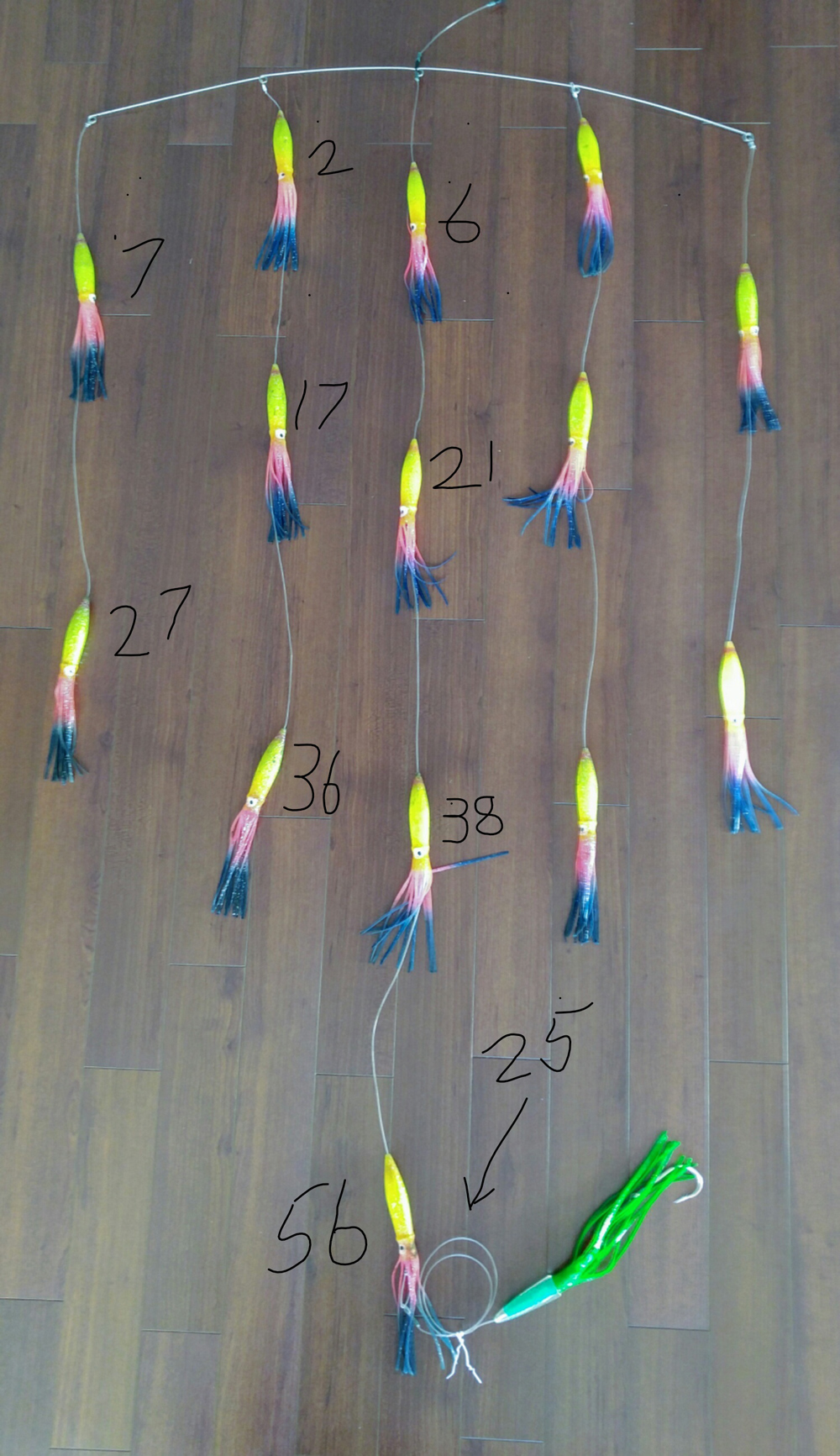
These bars are generally pulled from a short rigger. Often, boats will have two spreader bars of differing colors in the water at once, one to either side. When the same bar gets multipel hits, number-two gets swapped out for the color of the day.
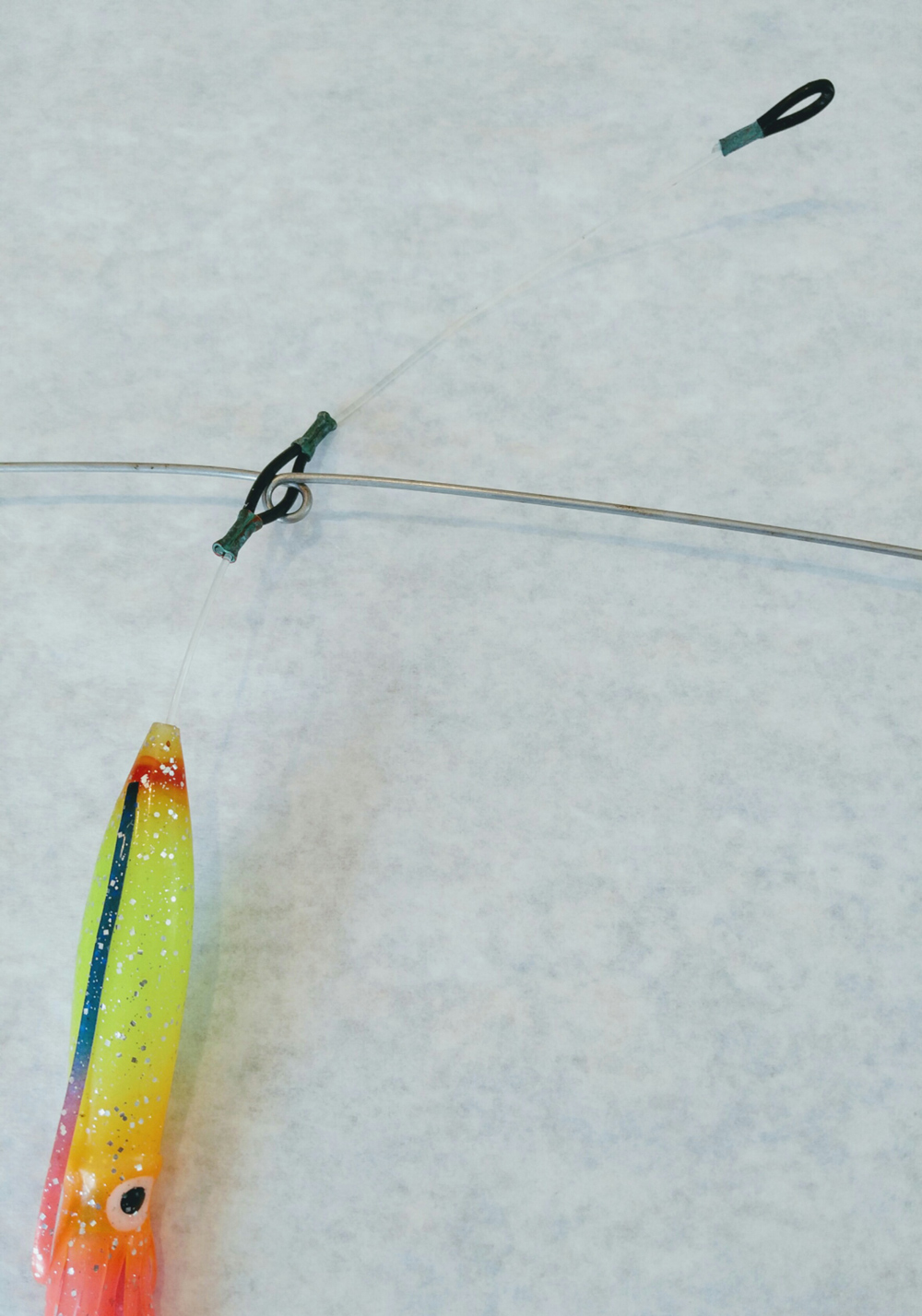
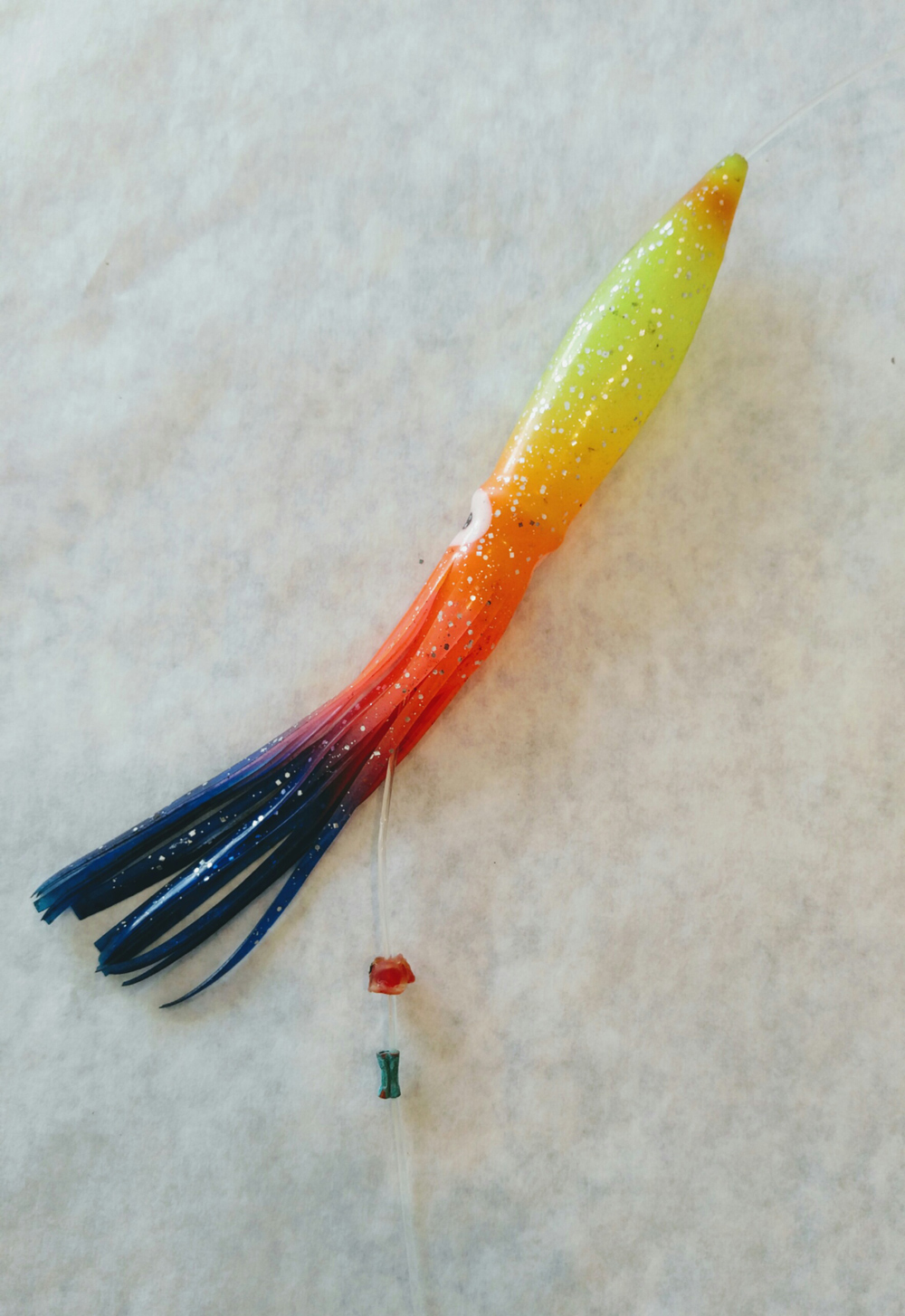
In recent years many anglers have gravitated towards using corks instead of beads. The thought is that the additional buoyancy helps the bar stay on the surface, where you want it.
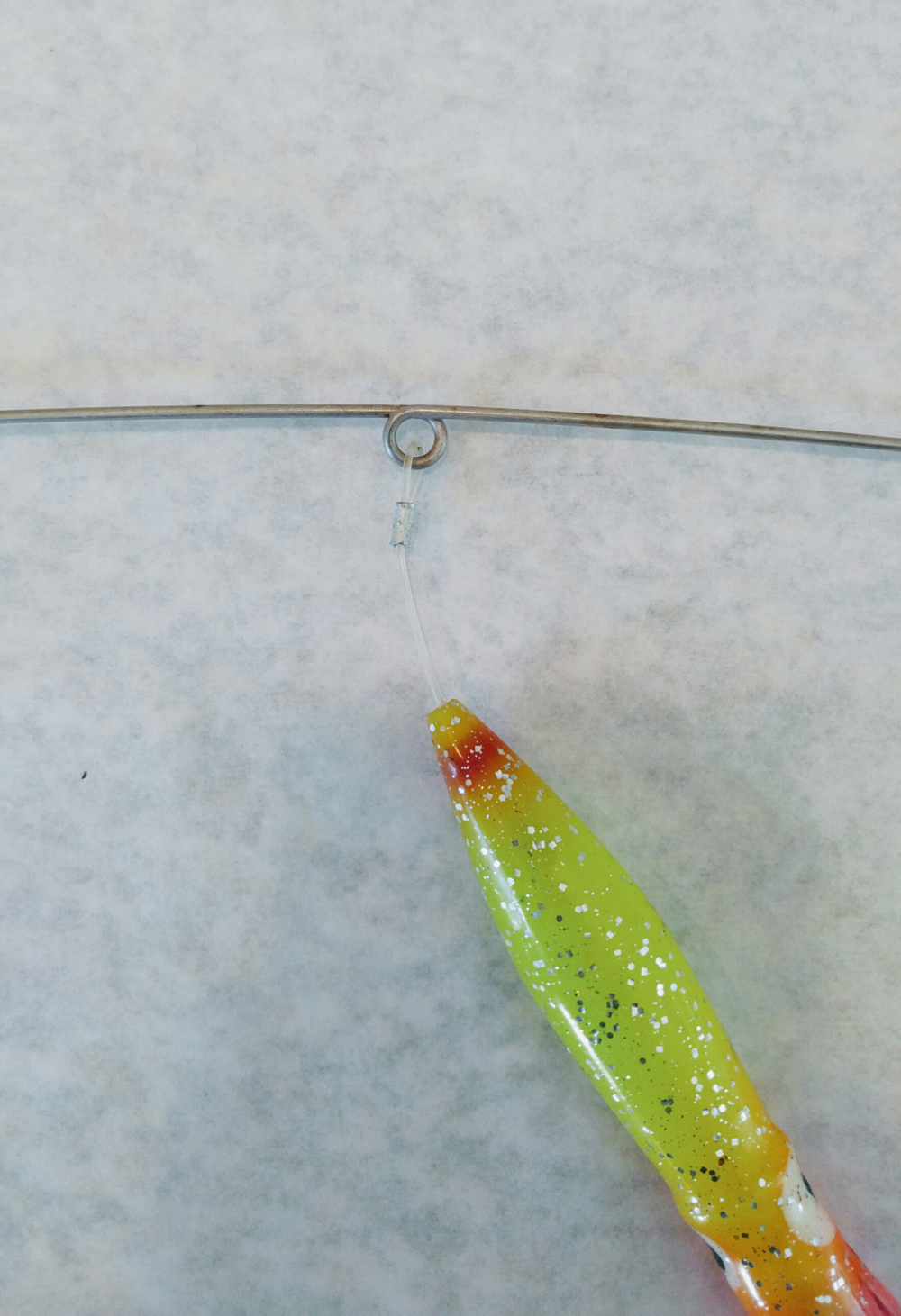

Editor's note: since this article was originally published the original Green Machine has gone in and out of production a couple of times. Today you'll see several very similar lures which include "Green" or "Machine" in the name and on occasion you can even find the original from someone who stockpiled them. Bottom line, as long as it's similar it still works just fine.
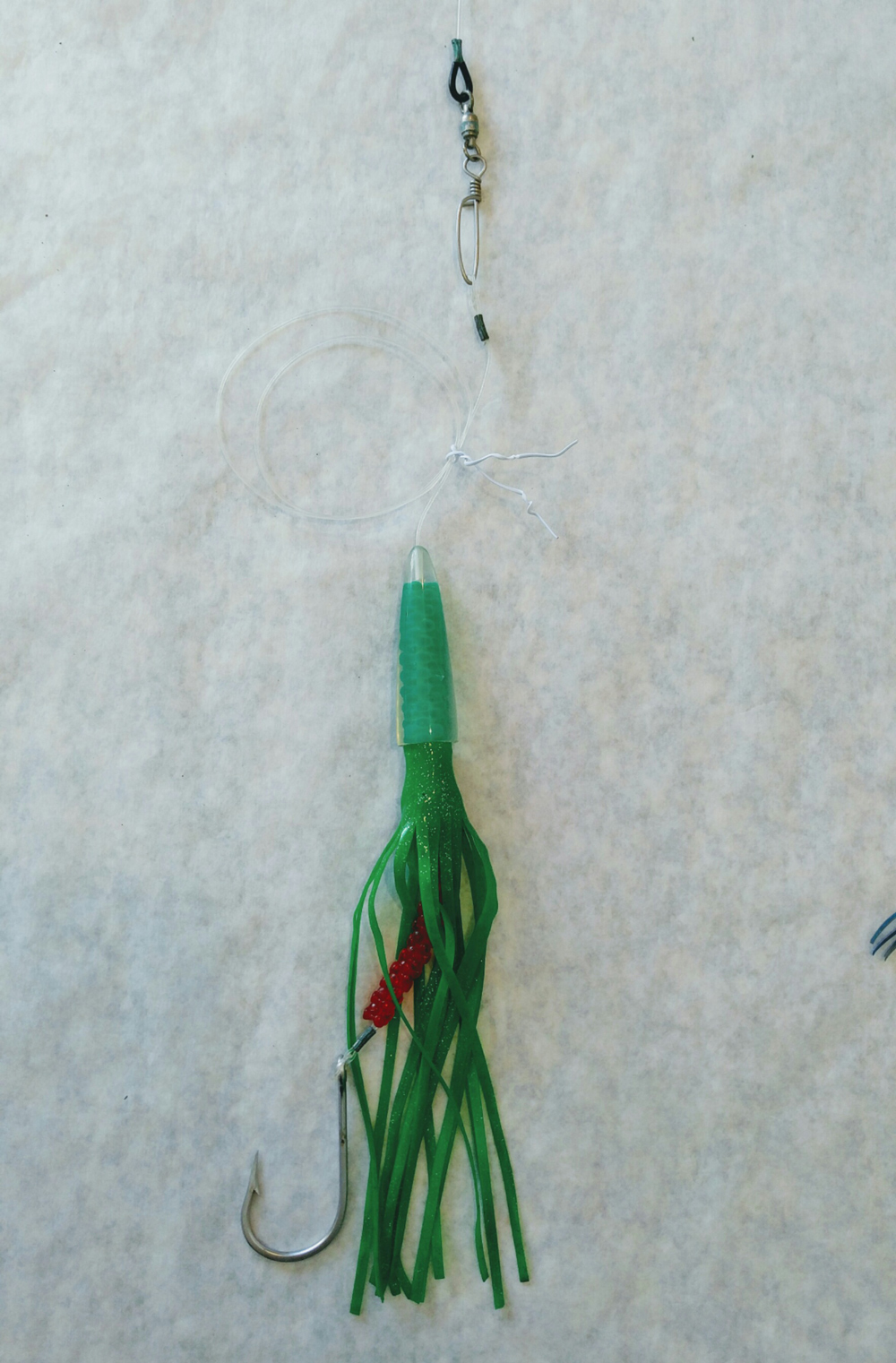

Note that since this article was written, "Sidewinder" style bars have vastly increased in popularity and have replaced spreader bars on many boats. These track out to either side and can create more room in the spread behind your boat. However, they also can be quite finicky. Some roll under the surface with frustrating regularity, especially in rough water. Others tangle more often than regular spreader bars.
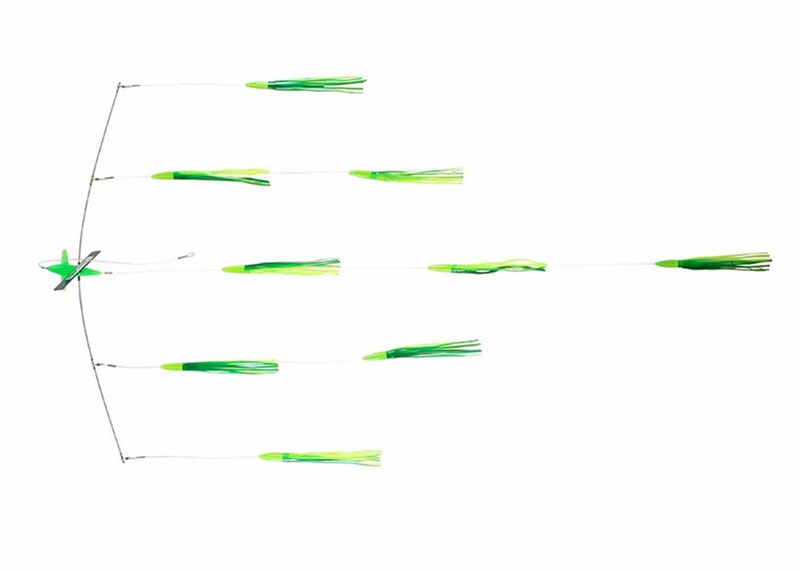
Another option is to pull splash bars, which have birds at the front to kick up a commotion. All of these can prove effective though some days one might out-catch the others. As for tactics and tips for fishing these lures, check out Spreader Bars for Tuna.
By John Unkart, the author of Offshore Pursuit and Saltwater Tales.
Editor's note: This article was originally published in January of 2018 and was last updated in August of 2024.